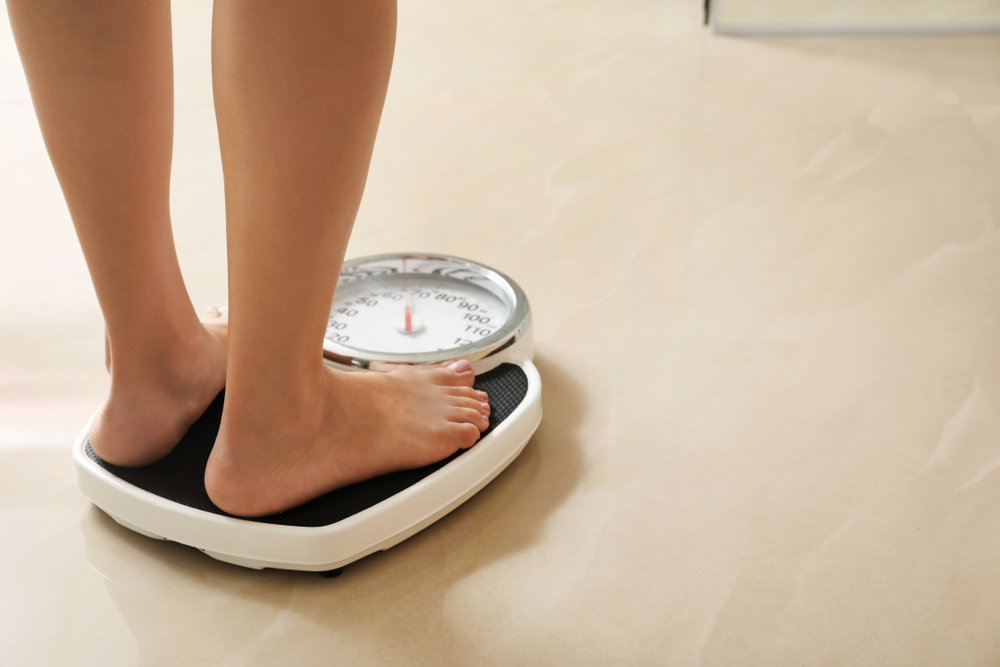What we know about the trending 30-30-30 Weight Loss Rule.
Others are reading now
A biology researcher advocates a morning routine claimed to facilitate weight loss without energy dips or cravings.
Achieving lasting weight loss without regaining the lost pounds is a challenge. Many diets, often too harsh, promise quick weight loss but can lead to nutritional imbalances and a yo-yo effect. What if adopting simple morning habits could enable gradual weight loss without jeopardizing health?
This is the proposition of a morning routine made popular by Timothy Ferris in his 2010 best-seller “The 4-Hour Body.” The method has gained renewed attention on TikTok, especially through biologist Gary Brecka, who has extolled its virtues.
He suggests it can “deeply burn fat without losing muscle mass” and prevent cravings throughout the day. “It might also help stabilize blood sugar levels and combat insulin resistance, a stubborn weight loss hurdle.”
Also read
The 30-30-30 method
The so-called 30-30-30 method involves consuming 30 grams of protein for breakfast within 30 minutes of waking up, followed by 30 minutes of low-intensity physical exercise.
The rest of the day should involve eating a varied and balanced diet in appropriate quantities without snacking, deprivation, or frustration.
-
Consuming 30g of protein at breakfast could mean eating Greek yogurt (15g of protein per serving) and two eggs (7g of protein per egg) or a slice of salmon (11g of protein) with two slices of rye and flaxseed protein bread (11g of protein per slice). “Proteins have a longer satiating effect and help reduce calorie intake throughout the day,” he notes.
-
To ensure breakfast is eaten within 30 minutes of waking up, it’s advised to prepare it the night before (thawing bread, preparing a bowl of Greek yogurt or skyr) or opting for a quick-to-prepare breakfast.
-
For the 30 minutes of exercise, “low-intensity cardio exercises that slightly increase your heart rate, but not too much, like brisk walking, moderate jogging, or leisure biking” are recommended. The goal is to keep your heart rate at 135 beats per minute (bpm) or below. Generally, being at 135 bpm allows for maintaining a conversation while jogging or biking. Activating muscles right after eating uses excess glucose in the blood, which mitigates the glycemic peak, reduces weight gain, and prevents energy dips.
The biologist emphasizes that individuals facing health issues (diabetes, cholesterol, chronic illness) should consult a general practitioner, a dietitian-nutritionist, or a sports physician before adopting this method.


